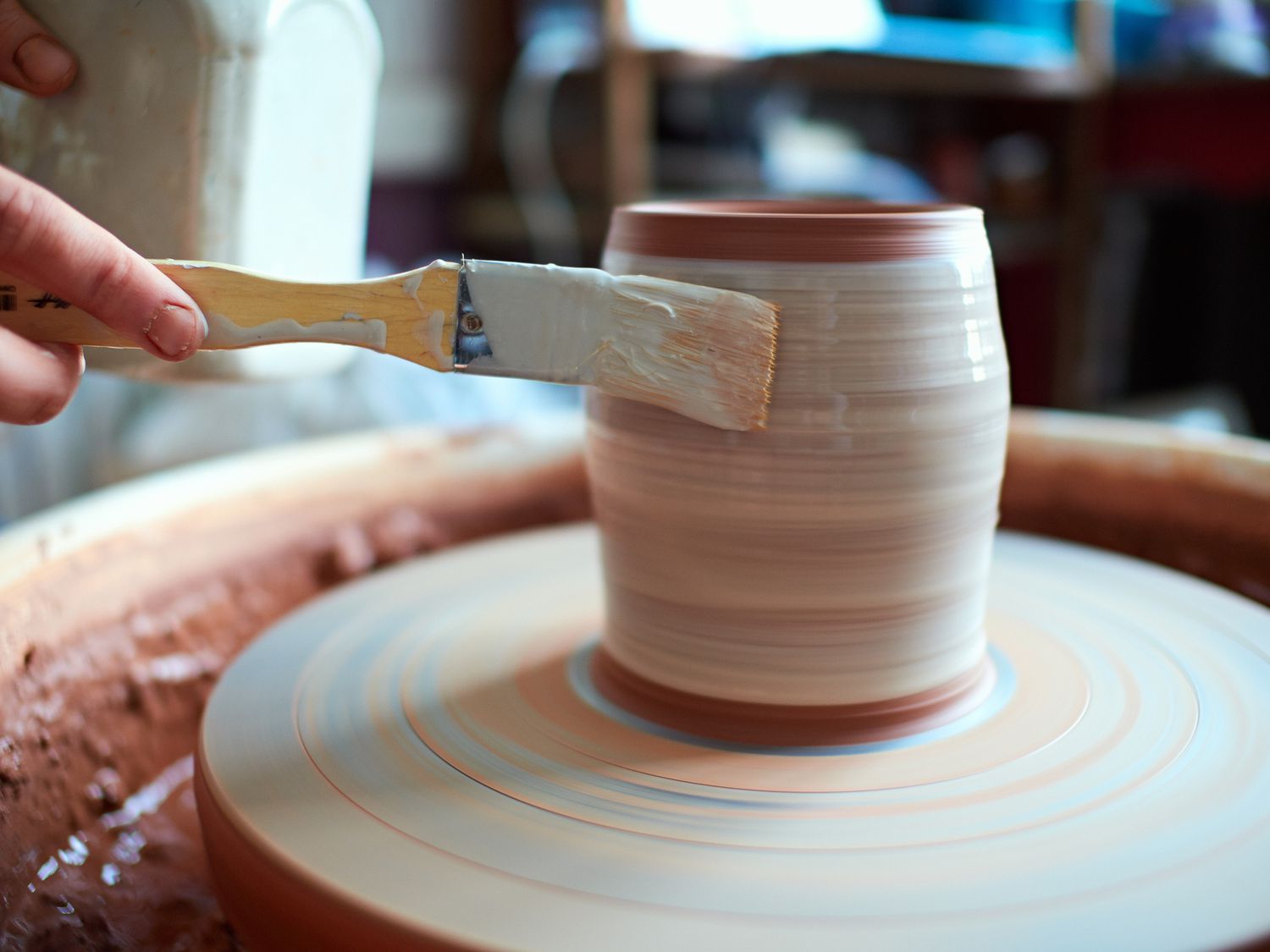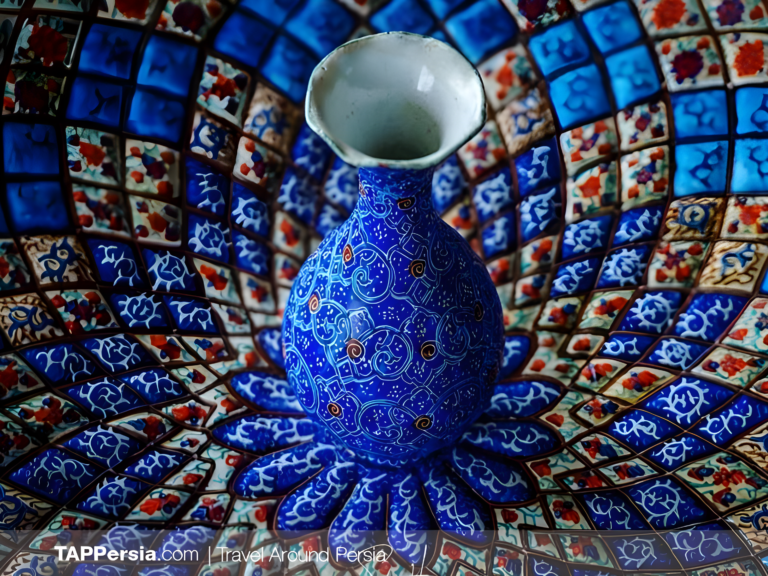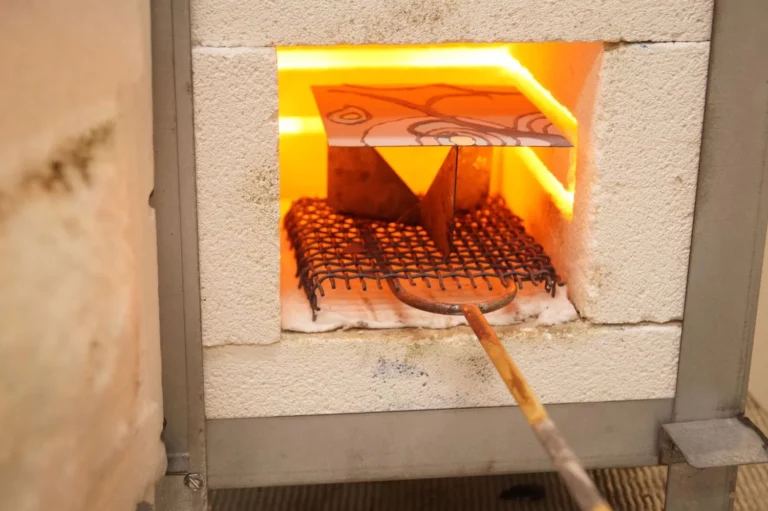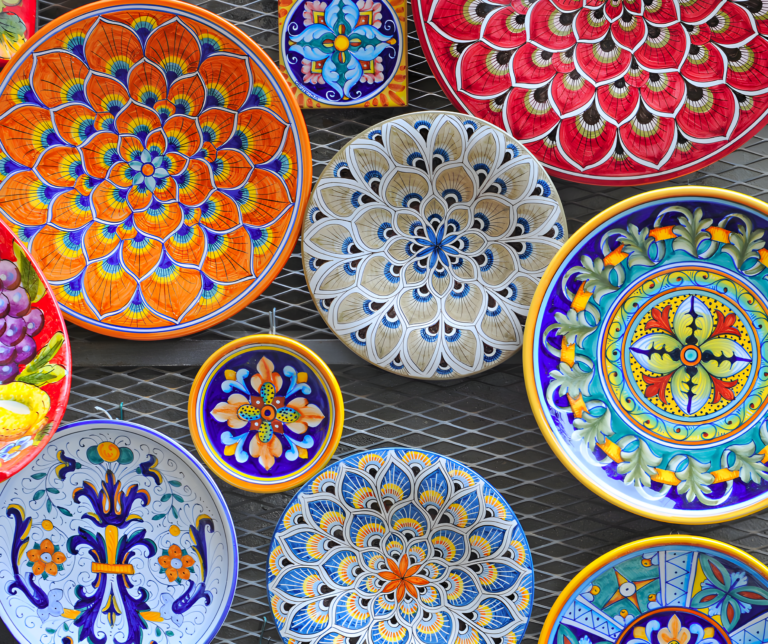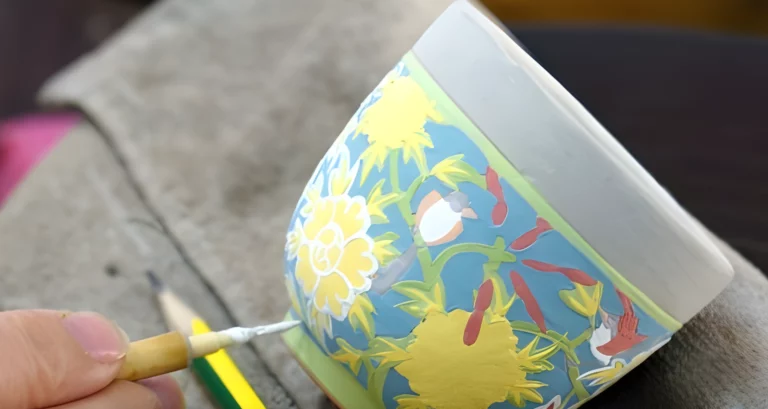Elevate Your Art: Mastering Glaze Painting
Glazing is one of the most transformative techniques in painting, capable of bringing depth, richness, and an almost magical luminosity to artwork. At its core, a glaze is a thin, translucent layer of color applied over dried paint, subtly altering its tone, softening transitions, and enhancing the overall atmosphere of a piece. It’s a technique that has been cherished by painters for centuries, from the Old Masters to modern artists looking to add nuance and complexity to their work.
Despite its simplicity in concept, glazing is an art in itself. The process requires an understanding of materials, layering techniques, and the patience to build up color slowly rather than rushing toward the final effect. Whether you are an oil painter striving for deep, glowing shadows or an acrylic artist seeking a delicate haze of color, glazing offers endless creative opportunities. But before diving into the practical side of making and using glazes, it’s important to understand why this technique is so powerful and how it influences the perception of an artwork.
The Magic of Glazing: Why It’s Essential in Painting
One of the primary reasons artists use glazes is their ability to add dimension without losing the details of underlying layers. When applied correctly, a glaze modifies the colors beneath it rather than covering them up, allowing light to penetrate through the layers and reflect back, giving a piece an almost ethereal glow. This effect is particularly noticeable in oil paintings, where multiple glazes can create a luminous quality that is difficult to achieve with direct application of opaque paint.
Another advantage of glazing is the way it enhances transitions between colors. Instead of harsh, abrupt changes, glazes enable soft, seamless blends, making them invaluable in portraiture, landscapes, and any work where realism is desired. They can be used to adjust color temperatures, making a warm tone cooler or vice versa, and they allow for subtle adjustments in value, making areas of a painting darker or more muted without losing underlying texture and detail.
Beyond their technical benefits, glazes also influence the emotional impact of a painting. A warm glaze can add a sense of nostalgia, while a cool, smoky glaze might create a dreamlike or melancholic mood. Mastering this technique means having greater control over the atmosphere of a piece, making it a crucial tool for any artist who wants to convey depth and feeling in their work.
The Essential Ingredients of a Perfect Glaze
To create an effective glaze, you need just a few essential materials: paint, a glazing medium, and a brush suited for soft, even application. The type of paint you use will depend on your medium of choice—acrylic or oil—each of which has its own unique properties that affect how a glaze behaves.
Acrylic artists typically mix their paints with a dedicated glazing medium, which increases transparency and improves the flow of the paint. Water can also be used, but it tends to dilute the pigment too much, often resulting in a weaker, less vibrant effect. Glazing mediums designed specifically for acrylics maintain the paint’s intensity while allowing for thin, even application.
Oil painters, on the other hand, often mix their paint with linseed oil, walnut oil, or an alkyd-based medium, depending on the desired drying time and finish. Traditional oil glazes take longer to dry than acrylics, but this slow-drying nature allows for more blending and refinement. The key to a successful oil glaze is balancing the amount of medium with the paint, ensuring that the mixture remains transparent without becoming too runny.
The choice of brush is just as important as the medium. Soft, rounded brushes, such as filbert or mop brushes, are ideal for applying glazes, as they distribute paint smoothly without leaving harsh streaks. The goal is to apply an even, thin layer that modifies the underlying colors without overpowering them.
Creating and Applying a Glaze: The Process in Action
The actual process of glazing requires patience and control. Before applying a glaze, the underlying paint must be completely dry—rushing this step can lead to unwanted mixing and muddy colors. Once the base layer is dry, the glaze is carefully applied in thin, even strokes, allowing the transparency to reveal the details beneath.
One of the most crucial aspects of glazing is understanding how light interacts with each layer. Light passes through the glaze, reflects off the underlying paint, and then comes back to the surface, creating a depth that cannot be achieved with opaque colors alone. This is why glazing works so well for achieving the richness of shadows and the subtle shifts in skin tones seen in classical portrait paintings.
To build up intensity, multiple layers of glaze can be added, each one modifying the last. It’s important to allow each layer to dry fully before adding the next—this prevents colors from blending unintentionally and ensures that each layer retains its clarity. The process can be time-consuming, but the final effect is worth the patience.
Advanced Glazing Techniques for a Professional Touch
Once you have mastered the basics, there are many ways to refine your glazing technique to create more complex and striking effects. One approach is color stacking, where different hues are layered over one another to create new, rich tones that would be difficult to mix directly. For example, layering a blue glaze over a yellow background produces a glowing green that has more depth than if the two colors were simply mixed on a palette.
Another technique involves selectively glazing different areas of a painting to draw attention to key elements. For instance, a portrait artist might use a warm glaze over the cheeks to add life and warmth to the skin, while using a cooler glaze in the shadows to create depth and contrast. This targeted application can be used to guide the viewer’s eye through a composition, reinforcing focal points and enhancing the overall harmony of the piece.
For those interested in achieving dramatic effects, experimenting with metallic and iridescent glazes can add an entirely new dimension to a painting. These specialty glazes catch the light in unique ways, making them ideal for abstract pieces or paintings where a touch of shimmer is desired.
The Power of Glazing in Artistic Expression
Glazing is more than just a technique—it's a way to add depth, emotion, and complexity to your artwork. Whether you are working with acrylics or oils, mastering the art of glazing opens up new creative possibilities, allowing you to refine your color transitions, adjust tonal values, and create a luminous effect that enhances the overall impact of your painting.
The beauty of glazing lies in its versatility. It can be used subtly to add gentle shifts in color or boldly to transform an entire composition. It requires patience and a willingness to experiment, but once you incorporate this technique into your artistic process, it becomes an invaluable tool in your creative arsenal.
So next time you step into your studio, consider the power of glazing. With just a few layers of transparent color, you can turn an ordinary painting into something truly extraordinary.
Glazing is an essential technique in painting that allows artists to create luminous effects, depth, and rich color transitions. By applying thin, transparent layers of color over dry paint, you can achieve stunning visual effects that enhance details without overpowering the underlying work. Whether you work with acrylics, oils, or specialized mediums, mastering glazing opens up endless creative possibilities.


